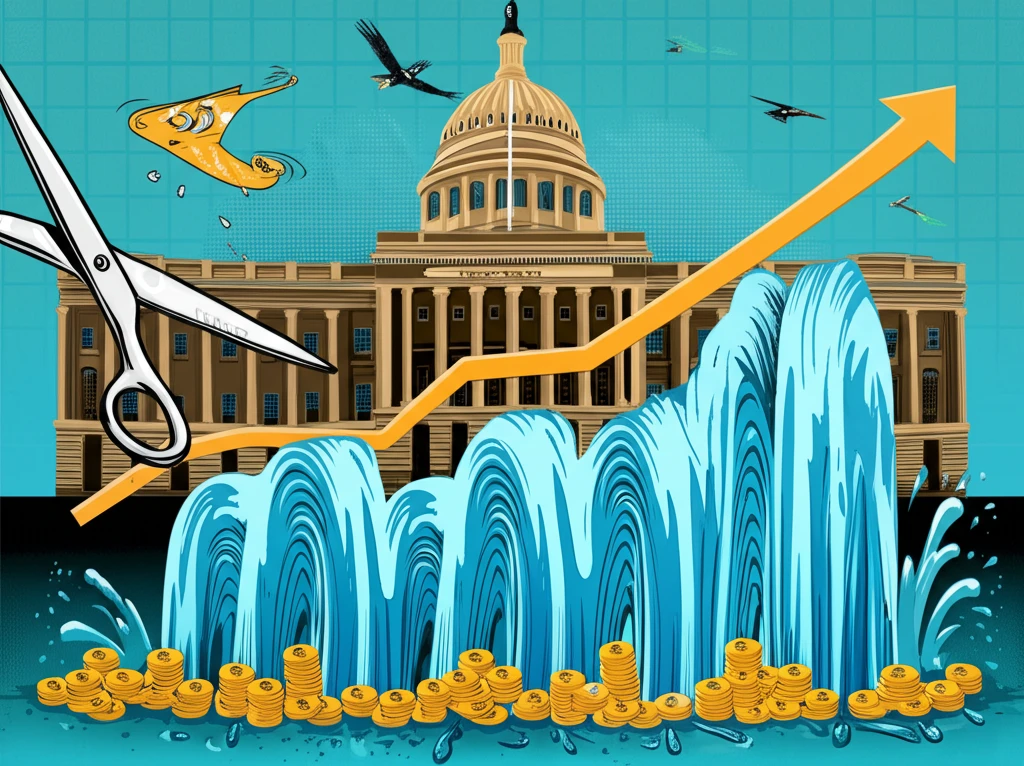
Decoding Fiscal Multipliers: How Government Spending Really Impacts the Economy
"A groundbreaking study combines statistical identification with real-world economic proxies to reveal the true impact of fiscal policies."
For decades, economists have debated the true impact of fiscal policy, particularly the size of fiscal multipliers – the measure of how much a change in government spending or taxes affects overall economic output. The traditional approach, using Structural Vector Autoregression (SVAR) models, relies on "proxy variables" to identify fiscal policy shocks. However, different proxies often lead to wildly different conclusions.
Some studies suggest tax cuts have a larger impact, while others champion government spending. This inconsistency stems from a critical flaw: the assumption that these proxy variables are truly exogenous, meaning they aren't influenced by other economic factors. When this assumption fails, the results become unreliable.
A new study offers a compelling solution by combining statistical identification techniques with a novel way of incorporating potentially endogenous proxies. This approach, using a Bayesian non-Gaussian SVAR model, reveals a clearer picture of fiscal policy's impact, challenging conventional wisdom and offering fresh insights for policymakers.
The Fiscal Multiplier Puzzle: Why Do Estimates Vary So Widely?

Traditional SVAR models aim to isolate the impact of specific fiscal policy changes (like tax cuts or spending increases) on the broader economy. To do this, they need a reliable way to identify these changes as "shocks" that aren't simply responses to other economic events. This is where proxy variables come in. For example, a researcher might use a measure of consumer confidence or total factor productivity (TFP) as a proxy for unexpected shifts in economic activity that influence government decisions.
- Endogeneity: Proxy variables are often correlated with other structural shocks, violating the assumption of exogeneity.
- Model Misspecification: The data-generating process of the proxy may not follow a linear process, leading to dependent shocks.
Policy Implications and the Path Forward
This study provides compelling evidence that government spending is a more effective tool for stimulating economic activity than tax cuts, particularly in the current economic environment. By addressing the limitations of traditional SVAR models and incorporating statistical identification techniques, the research offers a more reliable and nuanced understanding of fiscal policy's true impact. Policymakers can use these insights to make more informed decisions about how to best allocate resources and promote sustainable economic growth.
